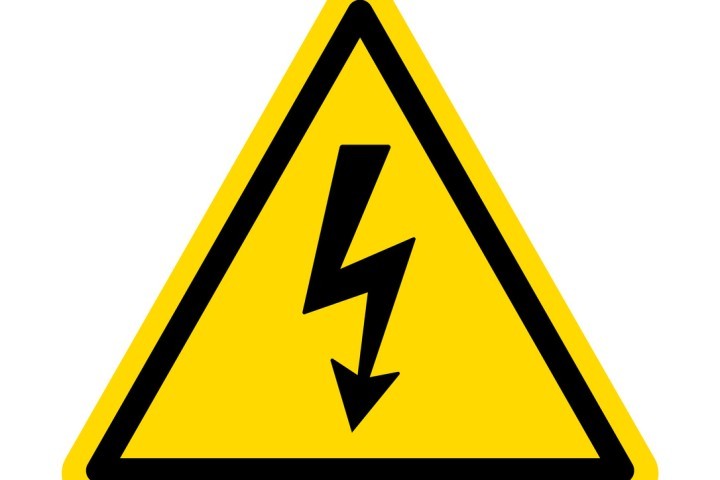As a property owner, you have a legal obligation to ensure that your premises are safe and comply with health and safety regulations. This includes conducting regular inspections and testing for various systems, including Electrical Installation Condition Reports (EICR), fire alarms, electrical equipment testing (EET), and emergency lighting.
In this article, we will discuss the importance of these inspections and testing and their legal requirements.
Electrical Installation Condition Reports (EICR)
EICRs are essential to identify potential electrical hazards and ensure people's and property's safety. The regulations require EICR inspections to be conducted periodically, typically every five years, for many types of properties. However, some properties require annual or three-year inspections. During an EICR inspection, a qualified contractor will conduct a thorough inspection of electrical installations and wiring, checking for any damage, wear and tear, or non-compliance with current safety standards. The primary reason for EICR inspections is to detect any potential electrical hazards that could cause injury or death to occupants and damage to property.
Fire Alarm Inspection and Testing
Fire alarms are the first line of defence in case of a fire, and regular inspections and testing are necessary to ensure that they are working correctly. These inspections are typically required annually and involve checking the fire alarm system's sensors, control panel, and audible/visual alarms. The inspection will also verify that the fire alarm is correctly linked to the emergency lighting system and that the power supply is reliable and sufficient.
Electrical Equipment Testing (EET)
EET inspections are required for all portable and fixed appliances to ensure they are safe to use and do not pose a risk of electrical shock or fire. The inspection involves checking for any defects or damage in the plug, cable, and appliance's internal components. EET inspections are required at different times depending on the type of equipment and its use. Using a qualified EET specialist to work out your risk assessments can save you substantial money for most businesses and organisations.
Emergency Lighting Inspection and Testing
Emergency lighting provides a reliable light source to guide occupants to the nearest exit in case of a power outage. Regular inspections and testing are necessary to ensure that emergency lighting is working correctly and that the battery backup power supply is sufficient. Emergency lighting inspections are typically required annually.
The Importance of Using Reputable and Qualified Contractors
It is crucial to use reputable and qualified contractors to conduct EICR, Fire alarm, EET, and Emergency lighting inspections and testing. Using cheap and unqualified contractors can lead to incomplete inspections, shoddy workmanship, and inadequate safety measures, which can ultimately result in health and safety hazards. Property owners risk facing heavy fines or legal action and prison sentences if they fail to comply with safety regulations, putting lives and property at risk.
Legal requirements for EICR inspections and their regulations, along with legal requirements for Fire alarm inspection and testing, EET inspection and testing, and Emergency lighting inspection and testing, are critical for health and safety within your organisation and also to ensure the people/occupants and property safety. Ensure that you use a time-served competent contractor who can prove the qualifications of the engineers sent out to do the work, thereby giving you peace of mind that this is being done properly. By conducting regular inspections and testing, property owners can ensure that their premises are safe and comply with the latest safety regulations.


















